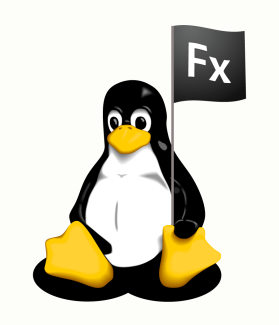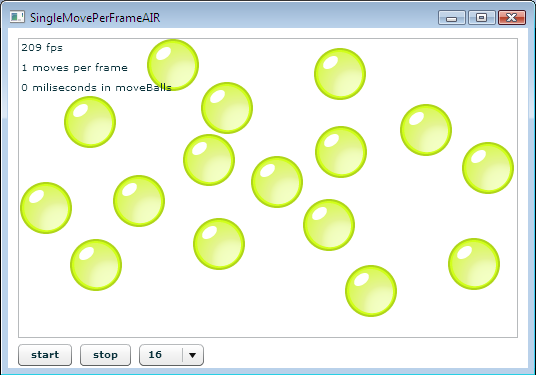Upcoming Conference Presentations: GeoWeb, OSCON, and LinuxWorld
Over the next few weeks I’ll be presenting at a few conferences:
GeoWeb - Map Based RIA Development Using Adobe Flex and AIR with Duane Nickull
OSCON - Flex: the Open Source SDK for RIAs also with Duane
LinuxWorld - Building Rich Internet Applications with an Open Source Stack
I hope to see some of you at those conferences.

 Revolutions may be enabled by technology, but they are driven by people. Adobe’s recent announcements about Flex, Flash, and Adobe AIR on Linux are the most recent technology enablers for the software revolution that is currently underway.
Revolutions may be enabled by technology, but they are driven by people. Adobe’s recent announcements about Flex, Flash, and Adobe AIR on Linux are the most recent technology enablers for the software revolution that is currently underway. Bubblemark is a popular benchmark for some of the RIA technologies including Flex, Adobe AIR, Ajax (DHTML), Java Swing, Java FX, Silverlight, etc. I’ve been trying for a while to create a new Flex version of Bubblemark to show just how fast Flash Player and Adobe AIR are. But I’ve come to a few realizations… First, you can make benchmarks say whatever you want them to say.
Bubblemark is a popular benchmark for some of the RIA technologies including Flex, Adobe AIR, Ajax (DHTML), Java Swing, Java FX, Silverlight, etc. I’ve been trying for a while to create a new Flex version of Bubblemark to show just how fast Flash Player and Adobe AIR are. But I’ve come to a few realizations… First, you can make benchmarks say whatever you want them to say.